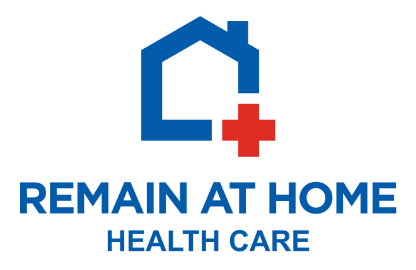Hospice and palliative care (a fancy way of saying “comfort care”) are concepts that have been around for hundreds of years. In fact, the term “hospice” can be traced back to medieval times when it referred to a place of shelter and rest for weary or ill travelers.
The modern concept of specialized care for the dying involves a team-oriented approach to thoughtfully seeing to the needs of the terminally ill as they enter the final months, weeks and days of their lives. Treatment includes doing whatever it takes to make a patient comfortable and pain- free, and allowing the patient to experience the same dignity in death that he or she enjoyed in life.
Unfortunately, many equate the word “hospice” with the term “death sentence,” and amongst a good number of families and patients saying “hospice” is akin to saying the “h” word. Generally, patients enter a hospice program when all other remedies have failed, and it’s true that in nearly every case, hospice care ends in death. However, for many the death is in the patient’s own home, comfortably surrounded by family and friends.
Discussion of hospice is not always easy. Some people still cling to the notion that it’s taboo to speak of one’s death. But in recent years, with the aging of America, hospice and its holistic approach have gained well-deserved acceptance.
It may come as a surprise, for instance, to learn that patients in hospice care generally live nearly a month longer than non-hospice patients, due in no small part to the patient being in comfortable and familiar surroundings and having dedicated health-care professionals ensuring their comfort, both physically and emotionally.

Brian Carrigan
Founder & Co-Manager
Perhaps two of the greatest misconceptions about hospice are that it’s not covered by insurance and that the patient – or the family of the patient – has no say in how the program evolves. The truth is that Medicare and Medicaid cover the hospice benefit at 100% for those who qualify, and most insurance companies and managed-care organizations provide hospice benefits as well.
And in regards to having control, hospice actually puts families and patients at the center of care. I am proud to say I worked in hospice for many years and learned a great deal about the gift of life and the dying process. Hospice is one of the few times in healthcare where families are able to create the most idyllic life experience for their loved ones.
Perhaps the best endorsement for hospice is to seek details from someone who’s had a family member or friend receive hospice care. It’s likely they’ll tell you that the end result is the same for every other living being, but the journey is much different and much more life-affirming.
 RAH in the News – OnlineAthens
Prev post
RAH in the News – OnlineAthens
Prev post



